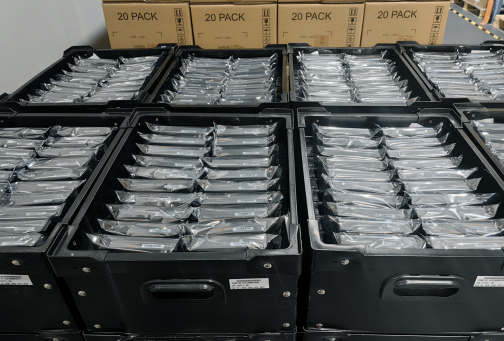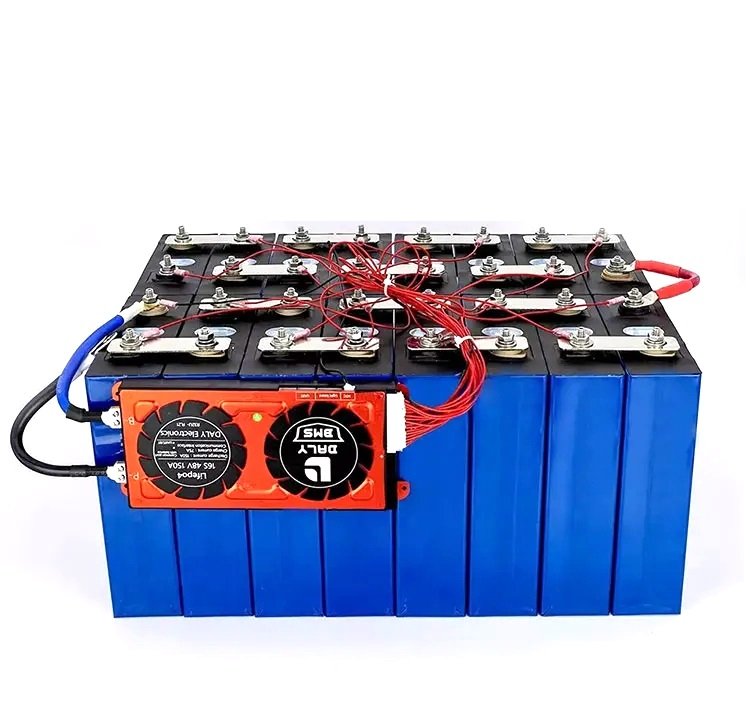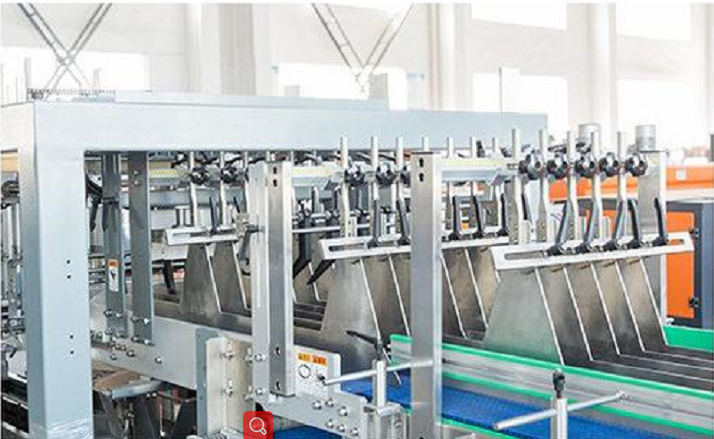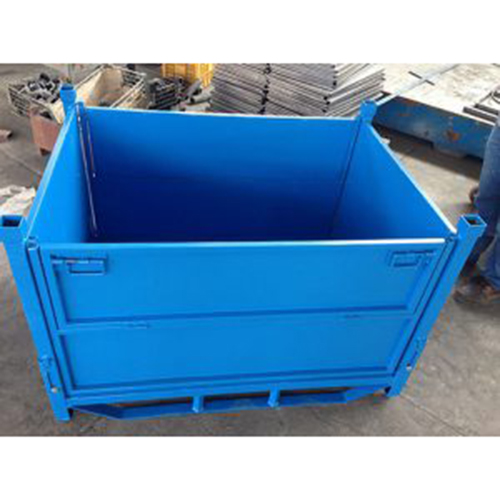In the ever-evolving landscape of electronics manufacturing, the debate surrounding solder materials has gained significant traction. While lead-free solder has been championed for its environmental benefits, leaded solder continues to hold its ground, particularly in specialized applications. This article delves into the reasons why leaded solder is often considered superior, examining its performance characteristics, reliability, and practical applications.
- Performance Characteristics
1.1 Melting Point and Workability
One of the primary advantages of leaded solder is its lower melting point, typically around 183°C (361°F) for the common SnPb (tin-lead) alloy. This characteristic not only facilitates easier handling during the soldering process but also reduces the thermal stress on sensitive electronic components. In contrast, lead-free solders, such as SAC (tin-silver-copper) alloys, have higher melting points, often exceeding 217°C (423°F), which can lead to potential damage to heat-sensitive components.
1.2 Wetting and Flow Properties
Leaded solder exhibits superior wetting properties, allowing it to flow more easily into the joint and create a stronger bond. The presence of lead enhances the solder's ability to spread across the surface of the metal, resulting in better adhesion and fewer defects. This is particularly crucial in high-density circuit boards where precision is paramount. In contrast, lead-free solders may require additional flux or higher temperatures to achieve similar wetting, complicating the manufacturing process.
- Reliability and Longevity
2.1 Mechanical Strength
The mechanical properties of leaded solder contribute significantly to its reliability. The ductility of leaded solder allows it to absorb mechanical stress without cracking, making it ideal for applications subjected to vibration or thermal cycling. This is particularly important in automotive and aerospace industries, where component failure can have catastrophic consequences.
2.2 Resistance to Thermal Fatigue
Leaded solder's ability to withstand thermal cycling is another critical factor in its favor. The expansion and contraction of materials during temperature fluctuations can lead to micro-cracking in solder joints. Leaded solder's unique composition provides a buffer against these stresses, ensuring long-term durability in demanding environments.
- Practical Applications
3.1 High-Performance Electronics
In high-performance electronics, such as telecommunications and aerospace applications, the reliability of solder joints is non-negotiable. Leaded solder is often the material of choice for these applications due to its proven track record in maintaining integrity under extreme conditions. Manufacturers prioritize leaded solder for critical components where failure is not an option.
3.2 Repair and Rework
Another area where leaded solder excels is in repair and rework scenarios. The lower melting point allows for easier desoldering and resoldering, which is essential for maintaining and upgrading existing electronic devices. In contrast, lead-free solders can be more challenging to work with, often requiring specialized equipment and techniques.
- Regulatory Considerations
While the use of leaded solder is restricted in many consumer electronics due to RoHS (Restriction of Hazardous Substances) regulations, certain exemptions exist for specific applications. Industries such as aerospace, military, and medical devices often receive allowances due to the critical nature of their components. Understanding these regulations is essential for manufacturers who wish to leverage the benefits of leaded solder in compliant applications.
Conclusion
Despite the push towards lead-free alternatives, leaded solder remains a preferred choice in many specialized applications due to its superior performance characteristics, reliability, and ease of use. As the electronics industry continues to evolve, it is crucial for manufacturers to weigh the benefits of leaded solder against regulatory constraints and application requirements. For high-performance and critical applications, the advantages of leaded solder are undeniable, making it a material that will likely endure in the face of changing industry standards.




